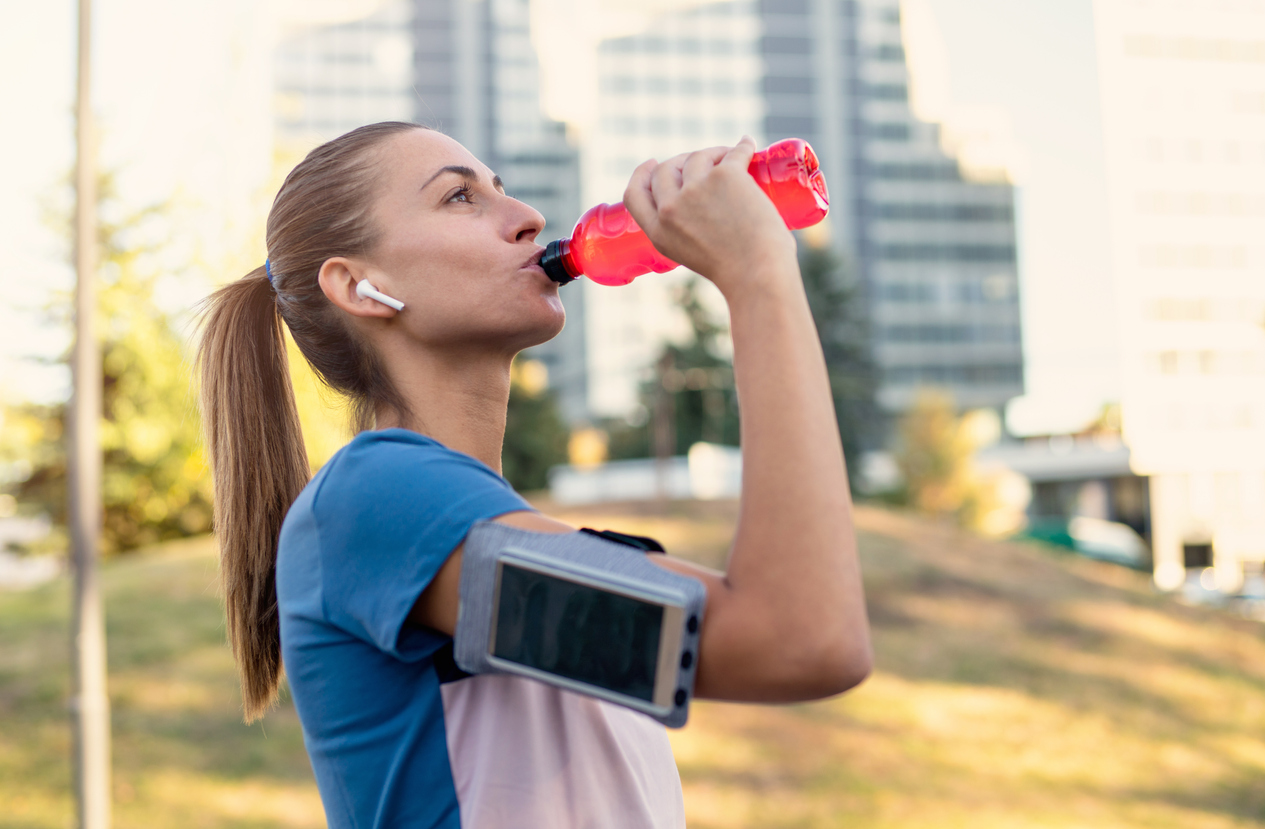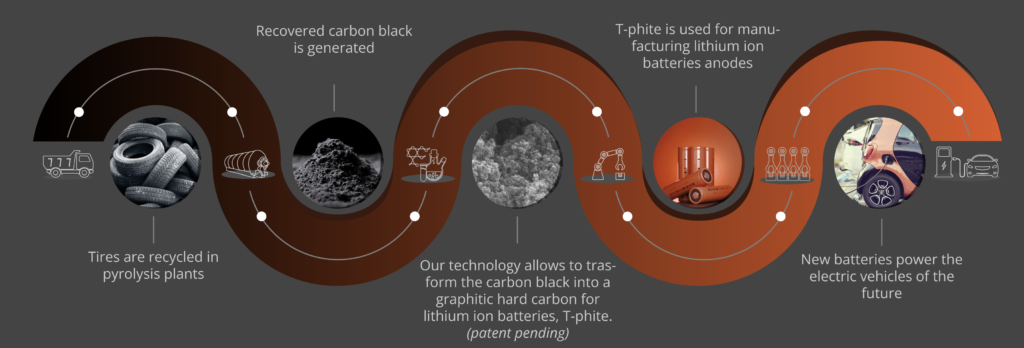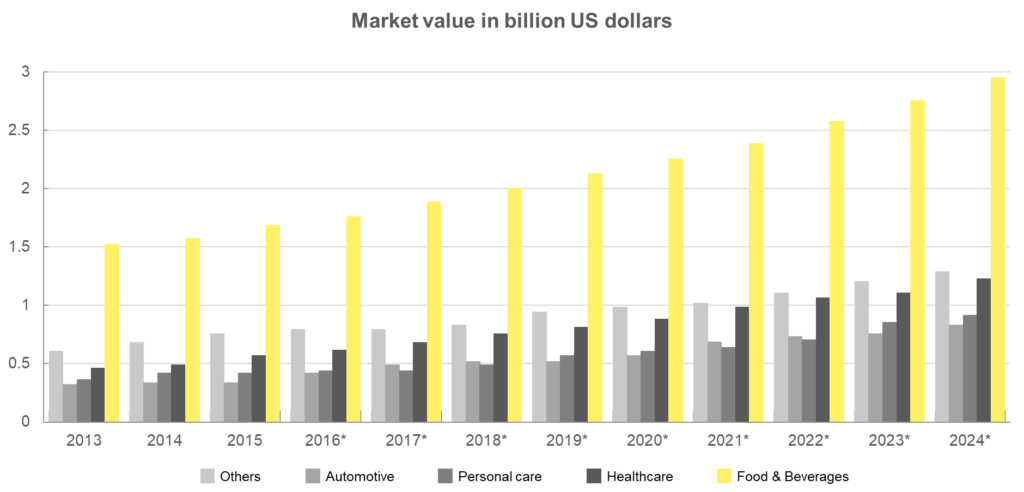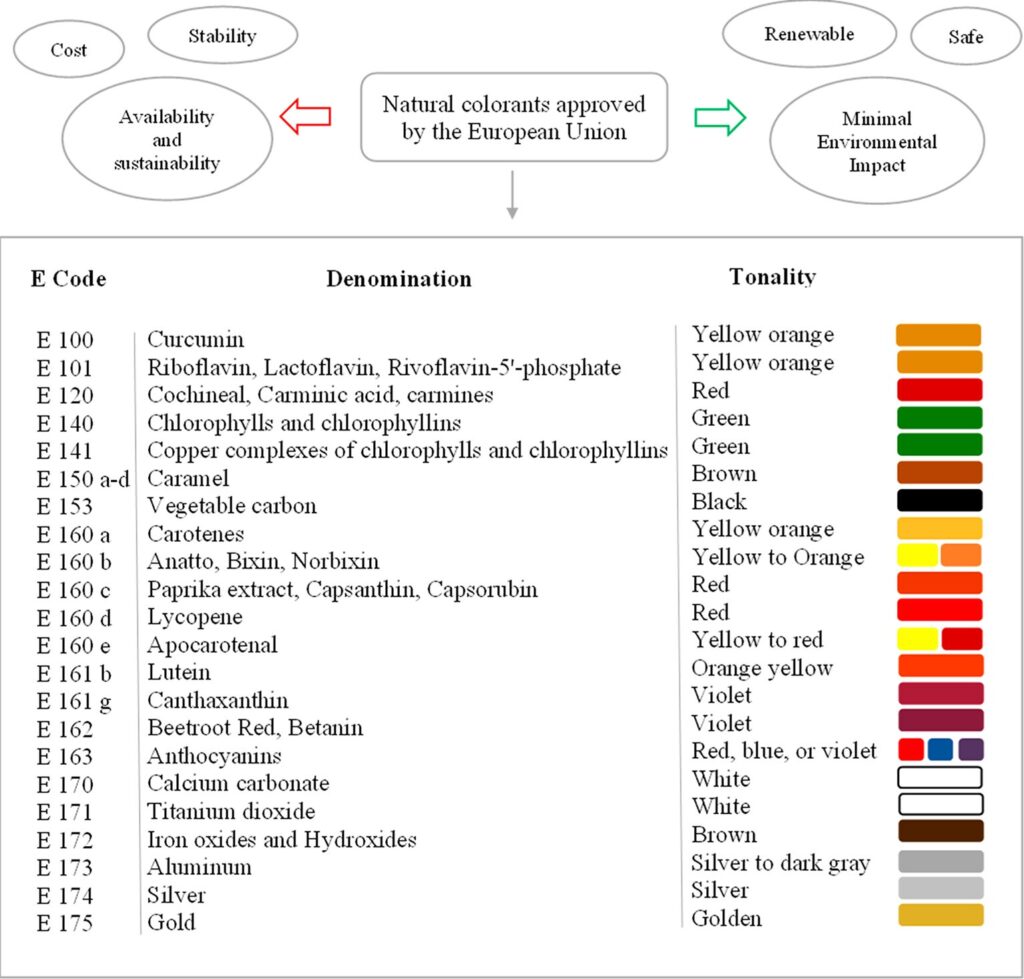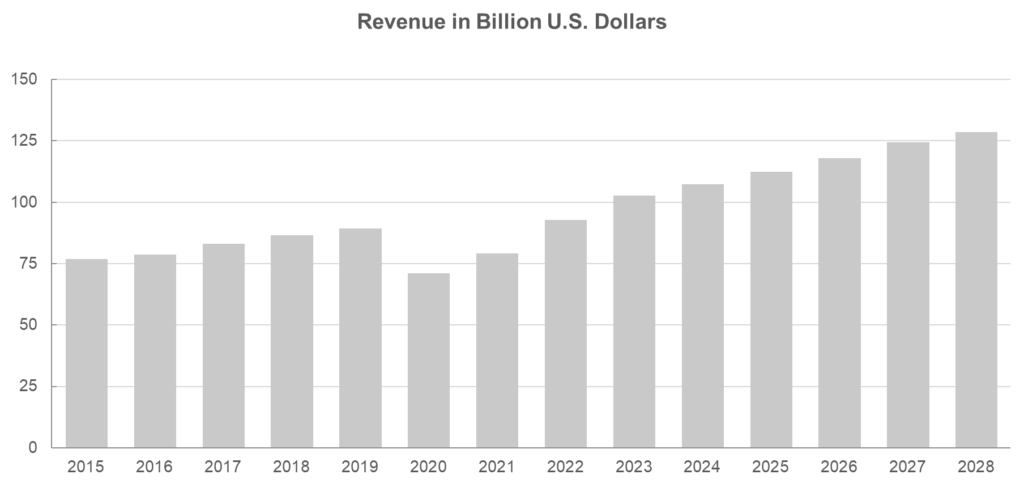The sports energy drink market offers plenty of opportunities in the ever-changing food and beverage sector. There is a sizable window of opportunity for F&B companies to take advantage of the growing demand for functional beverages as health and wellness trends influence customer choices. Sports energy drinks aim to attract a wide range of customers, including fitness enthusiasts and professional athletes, due to their capacity to improve physical performance and facilitate recuperation. Adding formulations with natural and organic ingredients to the product line will appeal to health-conscious consumers who desire both nutritional purity and efficacy, which is in line with the increased emphasis on clean-label products.
The ban on the energy of the sports drink Prime Hydration by several educational institutions globally has brought much attention to the veracity of claims by manufacturers. Renowned YouTubers KSI and Logan Paul, who collectively own over 40 million subscribers, launched it with a significant stake in the business with Congo Brands in 2022. The ban on these sports energy drinks has triggered a debate on the issue of who can drink, their repercussions, and available alternatives.
Sports drinks have long been associated with athletic performance, promising replenishing electrolytes and providing a quick energy boost. However, many of these beverages are laden with excessive sugar, which can harm our health. In this blog, we will delve into the harmful effects of sugar in sports drinks, backed by relevant statistics, and explore sustainable solutions to make healthier choices for athletes and active individuals.
Sports Energy Drinks Market
The sports drink industry is proliferating. Revenue in the Energy & Sports Drinks segment amounts to US$193.20 billion in 2023, as per Statista. It is slated to grow at 5.59% CAGR (2023-2027). The per capita sales volume ranking in the energy & sports drinks segment of the non-alcoholic drinks market is led by the United States with 28.4 liters, while the United Kingdom follows with 11.97 liters. In contrast, Russia is at the bottom of the ranking with 0.23 liters, showing a difference of 28.17 liters to the United States.

Figure: Global Market for Sports Energy Drinks
Why Do Athletes Consume Sports Energy Drinks?
- Hydration: Sports energy drinks contain a blend of water, electrolytes (such as sodium, potassium, and magnesium), and carbohydrates, which help athletes stay adequately hydrated during intense physical activity. These drinks replenish fluids lost through sweat and maintain the body’s electrolyte balance.
- Energy Boost: Sports energy drinks often contain carbohydrates in the form of sugars or glucose polymers. These carbohydrates provide a quick energy source that the body can readily utilize during workouts or competitions. This energy boost helps athletes maintain their performance levels through intense physical activity.
- Electrolyte Replacement: During prolonged exercise, athletes lose electrolytes through sweat. Sports energy drinks contain electrolytes, such as sodium and potassium, which aid in replenishing these essential minerals. Electrolyte balance is crucial for proper muscle function, nerve transmission, and hydration.
- Performance Enhancement: Some sports energy drinks also contain ingredients like caffeine, taurine, or guarana, which enhance focus, alertness, and endurance. These components can provide a mental and physical boost, helping athletes push through fatigue and optimize performance.
What are the Major Constituents of Sports Energy Drinks?
Energy drinks are specifically formulated to provide an “energy boost” by combining stimulants and energy-enhancing ingredients. Caffeine serves as the main ingredient in most energy drinks, typically found in amounts ranging from 80 to 150 mg per 8 ounces. To put it into perspective, this is approximately equivalent to the caffeine content found in about two 12-ounce cans of caffeinated soda or 5 ounces of coffee.
These beverages often contain significant amounts of glucose, although some offer artificially sweetened alternatives. Additionally, common ingredients found in energy drinks include taurine, methylxanthines, vitamin B, ginseng, guarana, yerba mate, acai, maltodextrin, inositol, carnitine, creatine, glucuronolactone, and ginkgo biloba.
Issues With Sports Energy Drinks?
- High Sugar Content: Many sports energy drinks contain excessive amounts of added sugars, contributing to their sweet taste. This can lead to tooth decay and an increased risk of chronic conditions, including obesity and diabetes. It is crucial to be mindful of the overall sugar intake from these beverages, especially when consumed outside of intense exercise sessions.
- Caloric Intake: Sports energy drinks, due to their carbohydrate content, often pack a significant caloric punch. While this can be beneficial during rigorous workouts, excessive consumption without sufficient energy expenditure can contribute to unwanted weight gain. Athletes should carefully consider their overall caloric needs and balance their intake accordingly.
- Limited Nutritional Value: While sports energy drinks provide hydration, electrolytes, and carbohydrates, they may lack the comprehensive nutritional benefits of whole foods. Relying solely on these drinks for fuel can result in a limited intake of essential vitamins, minerals, and dietary fiber, which are vital for overall health and optimal performance.
Caffeine and Stimulant Content: Sports energy drinks incorporate caffeine or other stimulants to enhance energy and focus. Moderate caffeine intake can enhance performance, but excessive consumption can result in adverse effects, including elevated heart rate, jitteriness, anxiety, and disturbances in sleep patterns. Athletes should be mindful of their caffeine tolerance and consider the potential impact on their overall well-being.
Potential for Dehydration: Although sports energy drinks are intended to hydrate, some high-sugar formulations may, paradoxically, contribute to dehydration when consumed in large quantities without adequate water intake. Excessive sugar concentration can impede fluid absorption, leading to a delayed rehydration effect. It is essential to maintain a balance between hydration and the consumption of sugary beverages.
Ban on Energy Drinks
For some years, educational institutes have been banning energy drinks following the surfacing of hazards. The potential adverse effects of consuming them on students and young adults have led to it. A report in 2020 at Harvard University displayed in controlled trials that students who consumed energy drinks saw fatigue reversal and enhanced physical strength and alertness in athletes. However, most candidates suffered from stomach irritation, increased blood pressure, high obesity risk, hyper behavior, poor sleep quality, type 2 diabetes, and stress.
Learning from it, a school in Dubai alerted parents and banned Prime Energy Drinks, considering the health risks. The school highlighted several problems, including the possibility of students developing an addiction.
Dr. Kholoud Saad Mohamed, a General Practitioner at Aster Clinic, Al Warqa, says, “Some parents may not know that energy drinks can harm kids under 18. Children are at a higher risk for heart issues from excess caffeine in these drinks because their bodies are much smaller than adults. High amounts of caffeine in kids can also cause anxiety and sleep disruptions, leading to less attention and focus during the day. The Academy of Pediatrics recommends that children do not consume any caffeine.”
Sports Energy Drinks List
Some of the top 10 energy drinks globally include
- Gatorade Sports Drink
- Ocean One8 Energy Drinks
- Red Bull Energy Drinks
- PRIME By Logan Paul x KSI
- Enerzal Energy Drink
Sugar Loaded Energy Drinks
All sports drinks boast of inducing energy in consumers. However, the story is titled upside down. Most energy drinks rely on high sugar or artificial sweeteners to disguise the bitterness of caffeine, resulting in sugar contents ranging from 21 g to 34 g per serving.
Delving deeper, 21 to 34 gm/236ml of energy drinks = 88.9 to 144 gm/liter = 29 teaspoons in 1L of energy drink. Here, one teaspoon is equivalent to 5 gm. Thus, putting that amount of sugar in the human body can cause severe repercussions.
- Adults mustn’t consume more than 30gms of sugar daily (around seven sugar cubes).
- For children aged 7 to 10, limiting daily free sugar intake to a maximum of 24g (equivalent to 6 sugar cubes) is recommended.
- Likewise, children aged 4 to 6 should aim for no more than 19g of free sugars per day (equivalent to 5 sugar cubes).
Problems Due to Sports Energy Drinks
- Dehydration (not enough water in your body).
- Some potential health complications associated with the heart include irregular heartbeat, heart failure, and high blood pressure. Other effects may include feelings of anxiety, restlessness, and difficulty sleeping (insomnia).
- Restlessness
- High Blood Pressure
Sweeteners Allowed in the USA
US Food and Drug Administration (FDA) approved six artificial sweeteners as food additives. These sweeteners include saccharin, aspartame, acesulfame potassium (acesulfame-K or Ace-K), sucralose, neotame, and advantage.
Sweeteners Approved in the UK
The UK approves the use of various sweeteners, which include:
- Acesulfame K (E950)
- Aspartame (E951)
- Erythritol (E968)
- Saccharin (E954)
- Sorbitol (E420)
- Steviol glycosides (E960)
- Sucralose (E955)
- Xylitol (E967)
Soft Drinks Industry Levy
The ‘Sugar Tax’ helps reduce sugar in soft drinks and tackle childhood obesity if they contain at least 5 gm of sugar per 100 ml in their diluted form.
Soft Drinks Industry Levy, Sugar includes
- Sucrose
- Glucose
- Fructose
- Lactose
- Galactose
It does not include sugar replacements, like:
- Stevia
- Aspartame
- Sucralose
You have to pay the levy if the dispensed soft drink contains at least 5g of sugar per 100ml and has a 1.2% ABV or less content when combined and mixed in a dispensing machine.
According to Regulation (EU) 1169/2011 (EU 2011) on food information to consumers in the European Union, it is mandatory for prepacked foods to provide a nutrition declaration. This declaration includes the amount of sugar per 100 grams of the product, listed under the carbohydrate section. To aid in labeling, the recommended sugar intake for an average adult based on a daily energy intake of 8400 kJ/2000 kcal is 90 g/day. Moreover, according to the regulation, carbohydrates (including sugars) are assigned a value of 4 kcal/g when determining energy content.
To make a “sugar-free” claim, the product must contain no more than 0.5g of sugar per 100g or 100 ml.
Claims of “no added sugars” can only be made when a product is free from added mono- or disaccharides or other sweetening ingredients. If the food naturally contains sugars, the label should include “CONTAINS NATURALLY OCCURRING SUGARS.”
To make a “low sugars” claim, a product must contain no more than 5g of sugar per 100g for solids or 2.5g of sugar per 100 ml for liquids.
Synthetic Ingredients Available in Energy Drinks
The current study’s main findings indicate that all energy drinks and energy shots contain caffeine. At the same time, most of them also contain B vitamins, sugar, taurine, ginseng, tyrosine, L-carnitine, and electrolytes.
Caffeine sources in energy drinks are commonly derived from guarana, green tea extract, yerba mate, or synthetically derived, all of which may yield variations in pharmacokinetic profiles or how they are metabolized within the body.
Although not involved in protein synthesis, taurine, an amino acid containing sulfur, plays a vital role in several important physiological functions. These functions include facilitating retinal and neurological development, regulating osmotic balance, modulating cellular calcium levels, and supporting immune function.
European Food Safety Authority (EFSA), the authority responsible for food risk assessment in the European Union, has conducted a thorough evaluation. They have concluded that the current taurine levels in energy drinks do not pose any safety concerns. This confirmation was included in the EFSA’s scientific opinion on the safety of caffeine in 2015.
Caution: It has a high caffeine content. It is not suitable for children or pregnant or lactating women [Reference: Caffeine content (mg/100ml) as per regulations].
Risk Produced by Sugar-free Energy Drinks
Sugar-free energy drinks may similarly promote insulin resistance to sugared energy drinks or soft drinks. In 2018, the US energy drink market was 11 billion dollars. These products were marketed extensively to US children, adolescents, and young adults who are especially vulnerable to the adverse dietary and health effects of these products. Although individual autonomy and commercial interests are important considerations, major health organizations such as the American College of Sports Medicine and the American Heart Association have discouraged energy drink use among children, adolescents, and young people.
The Age Group for Energy Drinks
- The UK had banned sales of energy drinks to 16-years-old
- Poland to ban energy drinks for minors below 18 years of age
- The Energy drinks sales to people under Sixteen Years of Age Act- Connecticut, USA
The ban on several energy drinks in educational institutions in many nations has triggered a debate about their safety concerns and impending hazards.
Common Reasons for the Ban
- Excessive Sugar Consumption: The World Health Organization (WHO) recommends that the daily added sugars intake should not exceed 10% of total energy intake. Unfortunately, popular sports drinks often exceed this limit in a single serving. For example, a typical 20-ounce bottle of a popular sports drink can contain up to 34 grams of sugar, which equates to approximately 140 empty calories.
- Negative Impact on Performance: While sports drinks claim to enhance athletic performance, excessive sugar consumption can have the opposite effect. Consuming high amounts of sugar before or during physical activity can lead to a rapid rise and frequent crash in blood sugar levels, causing fatigue and diminished performance. According to a study published in the Journal of the International Society of Sports Nutrition, sports drinks with high sugar content may disrupt the body’s ability to efficiently use fat as a fuel source during exercise, impairing endurance and stamina.
- Dental Health Consequences: Sugar in sports drinks can contribute to dental cavities. Prolonged exposure to sugary liquids can lead to tooth decay and erosion, impacting oral health in the long run. The American Dental Association warns that the combination of sugar and acid in many sports drinks can significantly increase the risk of tooth enamel erosion, making teeth more susceptible to decay.
- Contributing to Obesity and Chronic Diseases: Consuming excessive amounts of sugar from sports drinks can increase the risk of developing acute conditions such as heart disease and type 2 diabetes. The high sugar content in these beverages provides unnecessary calories without essential nutrients, leading to an imbalance in energy intake and expenditure. According to a study, regular consumption of sugar-sweetened beverages may cause weight gain and increase the risk of obesity.
Sustainable Solutions
- Read Labels: Before purchasing sports drinks, it is crucial to read the labels and check the sugar content carefully. Opt for beverages with lower sugar levels or consider alternative options. Look for drinks low in added sugars or those sweetened with natural alternatives like stevia or monk fruit extract.
- Natural Electrolyte Sources: Instead of relying solely on sports drinks, incorporate natural sources of electrolytes into your routine. Coconut water, for instance, is a hydrating and nutritious option that contains naturally occurring electrolytes like potassium and magnesium. It is low in calories and contains no added sugars or artificial additives.
- Homemade Electrolyte Drinks: Create electrolyte drinks by mixing water with a pinch of sea salt, a squeeze of citrus juice (such as lemon or lime), and a natural sweetener like honey or maple syrup. This way, you have better control over the sugar content while replenishing essential electrolytes. You can add herbs like mint or cucumber slices for added flavor.
- Hydrate with Water: Water is sufficient for most moderate physical activities to stay hydrated. It is an excellent calorie-free option that helps quench your thirst without the added sugar or artificial additives found.
Natural Juices as Alternatives for Drinks
Montmorency Cherry Juice: Montmorency cherries are rich in polyphenolic compounds, flavonoids, and anthocyanins. These compounds have remarkable antioxidant and anti-inflammatory properties.
Coconut water: Naturally has some key components in sports drinks. The natural sugars help keep your energy levels high for exercise that lasts longer than an hour.
Chocolate Milk: This dietitian’s go-to post-workout recovery drink is Chocolate milk. Research suggests drinking fat-free milk after exercise replenishes lost electrolytes and rehydrates better than a sports drink or water.
Products to Replace Energy Drinks
- Vitamin Water: Nutrient-enhanced water beverage
- Caffeine Alternatives – Rhodiola, Peppermint tea, Cordyceps, Ginseng
- Alternative coffee blends containing organic cacao, ayurvedic herbs, and functional mushrooms.
- Cosmix- Sustained energy release product containing Asphaltum Punja- bianumNootropics – Alpinia galanga
Conclusion
Energy drinks have shown potential benefits for exercise performance in different sports activities. However, it is essential to acknowledge that along with their performance-enhancing effects, energy drinks have been associated with documented health concerns, especially among children and adolescents. Consumption of energy drinks can adversely affect various aspects of the body. Given these findings and the growing popularity of these beverages, it is advisable to exercise caution when consuming energy drinks. Governments should consider regulating overambitious marketing practices and non-scientific claims until independent studies confirm the safety of these products.
However, despite everything, the sports and energy drinks market is huge. If sustainable and unharmful ingredients are blended, there is a big opportunity for the food and beverage industry. Stellarix can help your sports energy drink company with our consultancy expertise. Furthermore, the customization trend opens doors for F&B players to differentiate their offerings by providing consumers with personalized solutions that cater to specific performance goals and taste preferences. Leveraging digital platforms for targeted marketing and engaging with the athletic community can create a powerful brand presence. Collaborations with well-known athletes or fitness influencers could elevate brand credibility and establish a direct connection with the target demographic. As sustainability gains traction across industries, incorporating eco-friendly packaging and sourcing practices can position F&B players as responsible contributors to environmental conservation. By staying agile and innovative in product development, marketing strategies, and sustainability initiatives, F&B players can carve a distinct niche in the sports energy drinks market and capitalize on the growing intersection of performance, health, and convenience.
